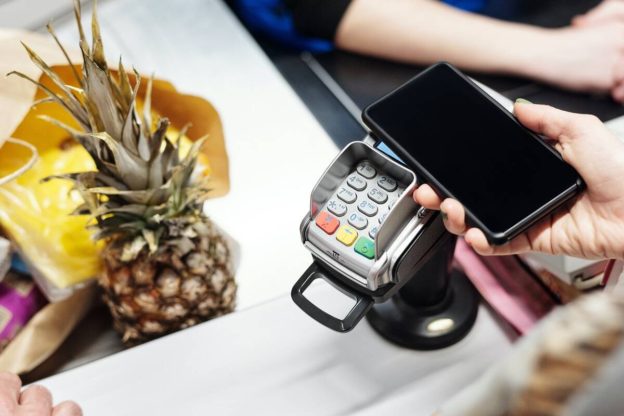NBFCs, fintech companies and banks are entering each other’s purview and this intermingled market will further facilitate ease of credit lending in India.
Digital payments have witnessed one of the steepest growth trajectories in 2020 on the back of increasing mobile device users.
Credit and Finance for MSMEs: Rewind to a few years back, India’s expansive local markets were being operated all in cash – be it buying, lending, retailing, or for services. It is only now that with the penetration of the internet, smartphones have become the next preferable payment method. What has today gained prominence, however, is financial inclusivity which relates to connecting marginalised and the underprivileged in the society to the mainstream economy, by giving them access to banking and financial services. As per the World Bank, about half of India’s population is financially excluded and the recently concluded ‘National E-Summit on Financial Inclusion – Roadmap for An Inclusive Bharat’ by industry association ASSOCHAM puts light on the ways India is working towards financial inclusion.
Speaking at the virtual event, Manisha Sensarma, Economic Adviser- DEA, Ministry of Finance, Government of India, said, “For Digital India, our first focus has always been banking the unbanked, securing the unsecured and serving the underserved. Bank accounts under Pradhan Mantri Jan Dhan Yojna (PMJDY) have increased to 44 crore in over seven years till October 2021. A digital pipeline has been laid for the implementation of the PMJDY. We have been able to mobilise a lot of funds from the marginalised section of the population through this programme. Jan Dhan-Aadhaar-Mobile trinity, that is linking bank accounts with Aadhaar and mobile numbers, has also helped improve the targeting of social sector programmes and addressing the right section of the people.” PMJDY was launched in 2014 by Prime Minister Narendra Modi to foster financial inclusion which would give people access to banking, remittance, credit, pension services in an affordable and transparent manner.
The speakers at the panel titled ‘Digital India & Financial Inclusion – The Road Ahead’ spoke at length about the significance and importance of financial inclusion for a seamless growth of Digital India. Also, the regulator has played a critical role in pushing the digital agenda. Richa Mukherjee, Director- Public Policy & Corporate Affairs of fintech firm PayU India, said, “RBI too has come up with the financial inclusion index, which essentially captures the extent of financial inclusion across the country. That being said, while there is a lot being done, there is still scope for the industry to bring the underserved areas into the digital fold.”
Subscribe to Financial Express SME newsletter now: Your weekly dose of news, views, and updates from the world of micro, small, and medium enterprises
In addition, the fin-tech ecosystem is evolving very fast and currently the focus is on tapping the top of the pyramid but interesting business models are emerging to serve the underserved. Hence, there is a need for greater collaboration between banks, fin techs and many more public private partnerships for India to achieve its goal of a US $5 trillion financially inclusive economy by 2025, said Shravan Shetty, Managing Director of consulting firm Primus Partners.
He added, “The pillars that will play a critical role in financial inclusiveness are, digital payment channels, providing access to credit (for both consumption and corporations), protection from fraud, and access to good returns in terms of investment made.”
Shachindra Nath, Executive Chairman & MD of small business lending fintech platform UGRO Capital, said, “NBFCs are becoming fintech and vice versa and the market is becoming highly intermingled with each other. But the inclusion which is happening through the digitisation and massive cash flow has never happened in India. And for MSMEs especially, I feel that in the next three years, MSME financing will reach a consumer financing level. This will be enabled by the availability of data, which is by GST banking and bureau, coupled with credit trail network, supported by account aggregation, and this will move the lending to MSME from collateral to cash flow. This will, in real meaning, facilitate financial inclusion.”
Digital payments have witnessed one of the steepest growth trajectories in 2020 on the back of increasing mobile device users. The total number of digital transactions in 2019–2020 stood at 3,434 crore and grew at an annual growth rate of 44.1%, according to a PwC report.
In fact, the market is set to grow at a compound annual growth rate of 27 per cent during the FY20-25 period, and is likely to go from Rs 2,153 lakh crore in FY20 to Rs 7,092 lakh crore in FY25, according to the confirmed the India Trend Book Report 2021 by the Indian Private Equity and Venture Capital Association (IVCA) and Ernst & Young.
https://www.financialexpress.com/industry/sme/driving-financial-inclusivity-is-the-key-to-achieving-a-us-5-trillion-economy-say-experts-at-assocham-summit/2361197/







